
Pale gums in dogs can be a concerning sign of underlying health issues. When a dog’s gums appear pale or white instead of their usual pink color, it may indicate poor circulation, anemia, or a potential problem with their cardiovascular system. Consulting a veterinarian promptly is crucial to identify the root cause and ensure your furry friend receives the necessary care and treatment.
Pale gums in dogs can be a red flag for underlying health problems. Normally, a dog’s gums should have a healthy pink color. When they turn pale, it’s a sign that something may be wrong. In this article, we’ll explore the causes of pale gums, why early detection is crucial, and how to ensure your dog’s well-being.
Understanding Normal Gum Color in Dogs
Healthy gum color in dogs usually appears as a pale to medium pink shade, similar to the color of the inside of your own lips, indicating good oxygenation and circulatory health. However, gum color can vary between dog breeds, with some having slightly darker or lighter gums naturally.
For example, dogs with black pigmentation, like Chow Chows, may have gums that appear more grayish or bluish-black, while breeds with light or white coats, such as Maltese dogs, often have lighter pink gums.
Becoming familiar with your specific breed’s gum color baseline is essential for promptly detecting deviations like pale gums, which can be an early indicator of health issues. Regular gum checks are a simple yet effective way to ensure your dog’s well-being.
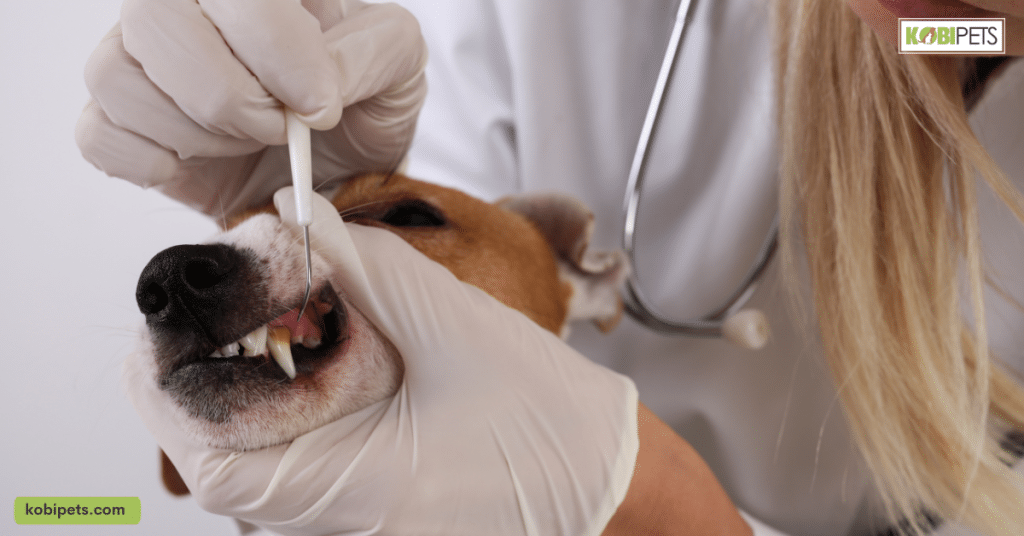
Causes of Pale Gums in Dogs
When it comes to our furry companions, their health and well-being are paramount. Pale gums in dogs can be an alarming sign that something isn’t right. In this section, we’ll explore the various causes behind pale gums in dogs and highlight the symptoms associated with each.
| Cause | Symptoms and Indicators |
|---|---|
| Anemia and its various forms | Fatigue, weakness, rapid breathing, pale gums. |
| Circulatory problems | Rapid heart rate, low blood pressure, weakness. |
| Gastrointestinal issues | Vomiting, diarrhea, abdominal pain, lethargy. |
| Infection or illness | Fever, coughing, sneezing, nasal discharge. |
| Medications and side effects | Vary depending on the medication; consult a vet. |
Remember that pale gums in your dog should never be taken lightly. It’s a signal that something may be amiss, and timely intervention is crucial. If you notice your furry friend exhibiting any of the symptoms mentioned above, don’t hesitate to seek veterinary care. Identifying the root cause early can lead to effective treatment and a quicker recovery, ensuring your dog remains happy and healthy.
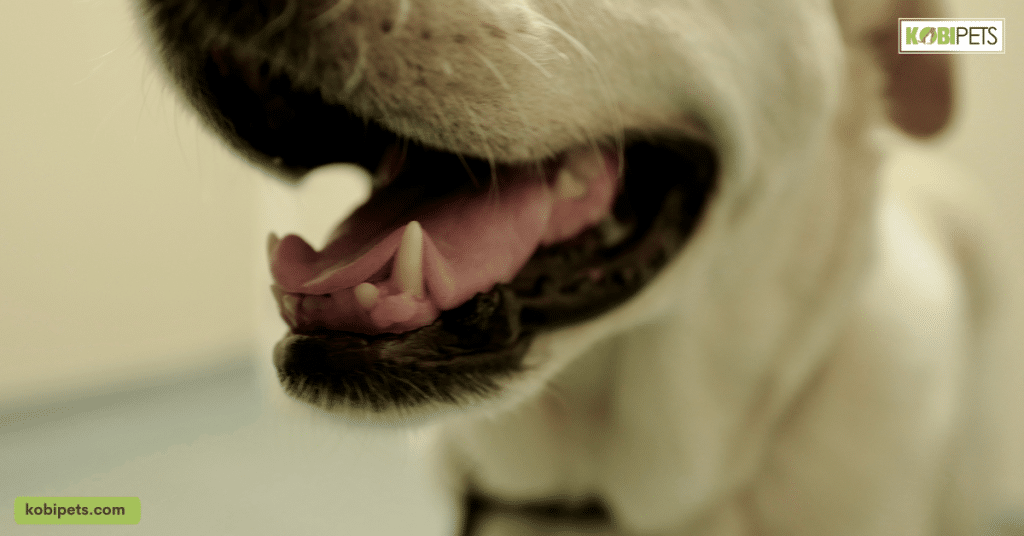
Identifying Pale Gums in Dogs
As responsible pet owners, our four-legged friends’ health is a top priority. One crucial aspect of their well-being is monitoring the color of their gums. In this section, we will delve into the essential steps for identifying pale gums in dogs and the significance of regular gum checks.
- Checking Gum Color: Begin by gently lifting your dog’s lips to reveal their gums. The ideal gum color is a pale to medium pink, akin to the shade inside your own lips. If you notice a paleness or whitening of the gums, this may indicate an issue.
- Additional Signs: Besides pale gums, pay attention to other signs of distress. Lethargy, loss of appetite, and changes in behavior can accompany pale gums and are indicative of an underlying problem.
- Importance of Regular Gum Checks: Regularly inspecting your dog’s gums is a proactive measure for ensuring their well-being. By establishing a baseline gum color for your pet and consistently checking for any deviations, you can detect potential health issues early.
Being attuned to your dog’s gum color and overall health is a responsibility that comes with pet ownership. Identifying pale gums and related symptoms promptly can be a lifesaver. By incorporating regular gum checks into your routine, you empower yourself to be a vigilant and caring pet owner, ensuring your furry companion enjoys a healthy and happy life.
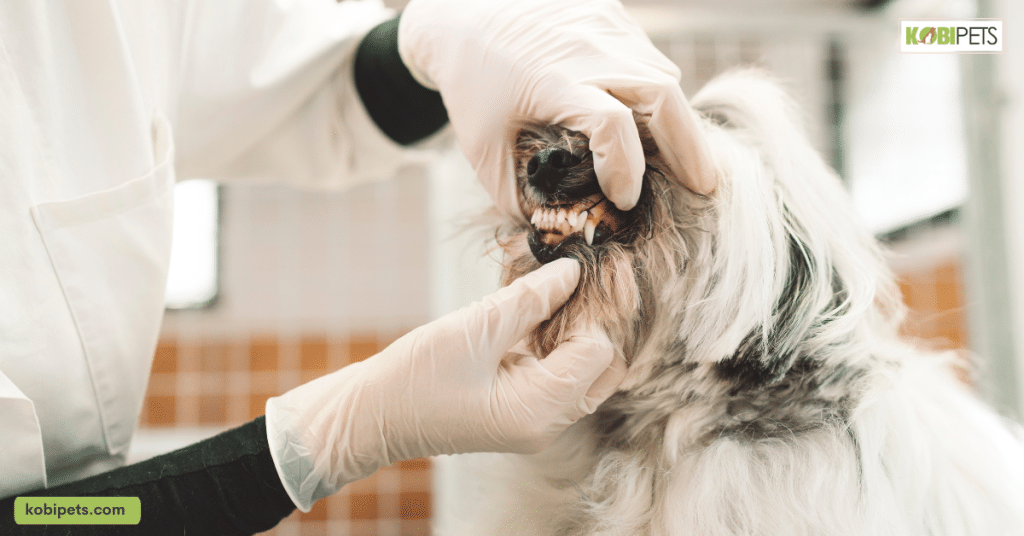
When to Seek Veterinary Care
As responsible pet owners, it’s our duty to ensure their well-being and health. Understanding when to seek veterinary care is a crucial aspect of this responsibility. In this section, we’ll explore the urgency of seeking professional help when your dog’s health is at stake.
Recognizing Red Flags
Certain situations demand immediate attention from a veterinarian. Here are some unmistakable red flags that should never be ignored:

Recognizing Red Flags
- Persistent Pale Gums: If your dog’s gums remain pale for an extended period, it could indicate a severe underlying issue that requires immediate veterinary evaluation.
- Difficulty Breathing: Labored breathing, rapid panting, or gasping for air are clear signals of distress and necessitate urgent veterinary care.
- Sudden Collapse: If your dog experiences an unexpected collapse or shows extreme weakness, don’t hesitate – seek immediate professional help.
- Uncontrolled Bleeding: Whether it’s from an injury or another source, uncontrolled bleeding is an emergency situation that demands prompt intervention.
The Importance of Timely Action
Timely action in pet care is paramount. Early detection of health issues can significantly increase the chances of successful treatment, ensuring a longer and healthier life for our pets. Delaying even for a short while can exacerbate the problem, leading to further complications and added suffering. In such situations, it’s essential to remember that our pets can’t verbally express their pain, making it even more critical for us to act promptly when we notice any red flags.
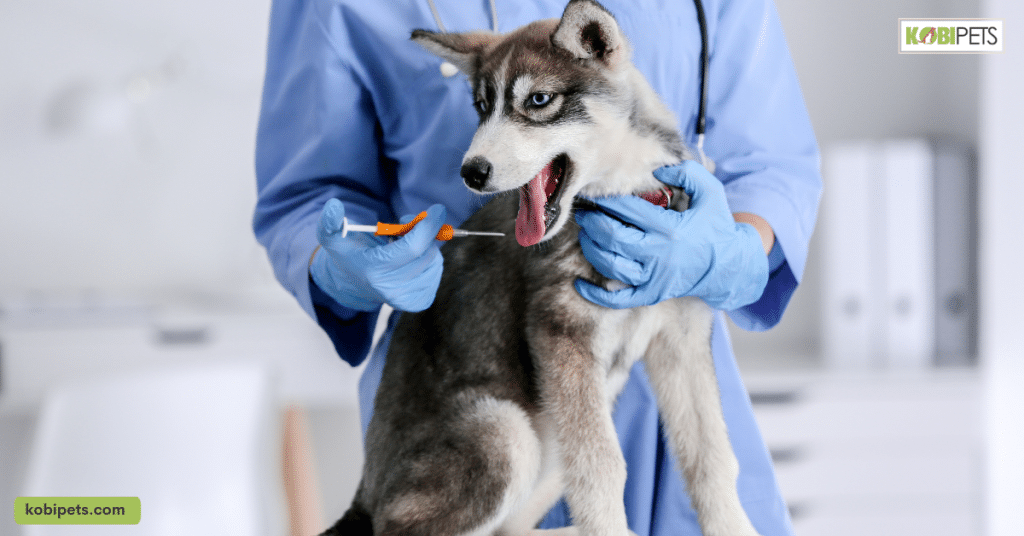
Expert Evaluation
Regardless of whether the symptoms seem mild or severe, it’s crucial to emphasize that a professional diagnosis is the safest course of action. Veterinarians have the knowledge and tools to assess your dog’s condition comprehensively. Self-diagnosis or home remedies can lead to delays in treatment, potentially making the situation worse.
Knowing when to seek veterinary care is a vital aspect of responsible pet ownership. Your dog’s health and well-being depend on timely and appropriate medical attention. By recognizing the urgency in certain cases, understanding severity levels, and prioritizing professional diagnosis, you’re taking proactive steps to ensure your beloved canine companion receives the care they deserve.
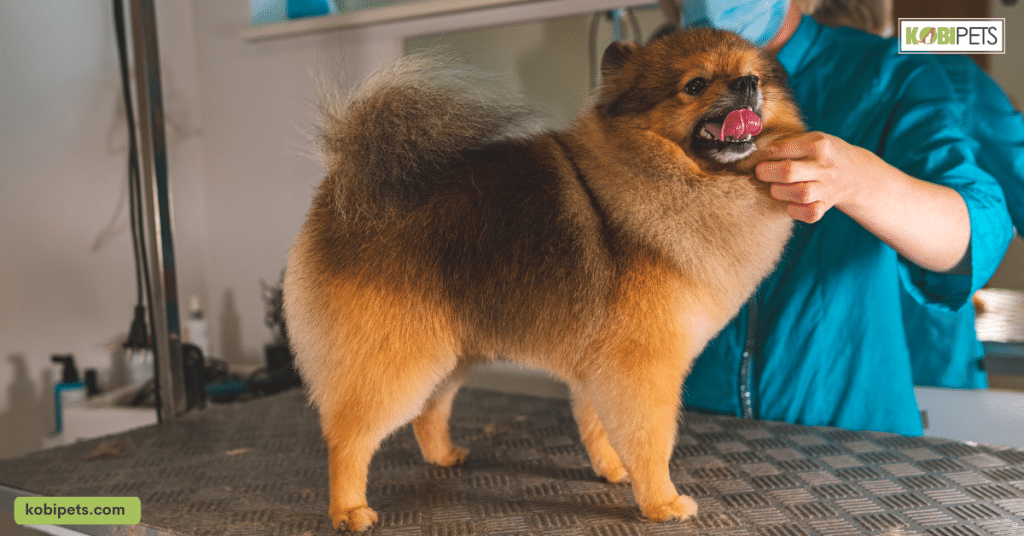
Treatment and Preventative Measures
Ensuring the health and happiness of our canine companions goes beyond recognizing the signs of pale gums. It also involves understanding the treatment options available for various underlying causes and taking preventative measures to keep our furry friends in the pink of health. In this section, we’ll delve into both aspects to empower you as a responsible pet owner.
| Treatment Options | Prevention Tips |
|---|---|
| Address the underlying cause | Regular dental care and cleaning. |
| Anemia-specific treatments | Maintain a balanced diet rich in nutrients. |
| Circulatory issue management | Keep your dog physically active. |
| Gastrointestinal remedies | Parasite prevention and control. |
| Infection or illness treatment | Avoid toxic substances and hazards. |
| Medication adjustments | Routine veterinary check-ups and vaccinations. |
Remember, taking care of your dog’s health is a lifelong commitment. By understanding the treatment options available and taking preventative measures such as a balanced diet, exercise, and regular veterinary visits, you can help ensure that your beloved four-legged friend enjoys a long, happy, and healthy life.

In conclusion
Understanding and addressing pale gums in dogs is a crucial aspect of responsible pet ownership. These pale gums can serve as an early warning sign of underlying health issues, ranging from anemia to circulatory problems, infections, and more. Recognizing the urgency of seeking veterinary care in certain cases and comprehending the importance of professional diagnosis is paramount.






